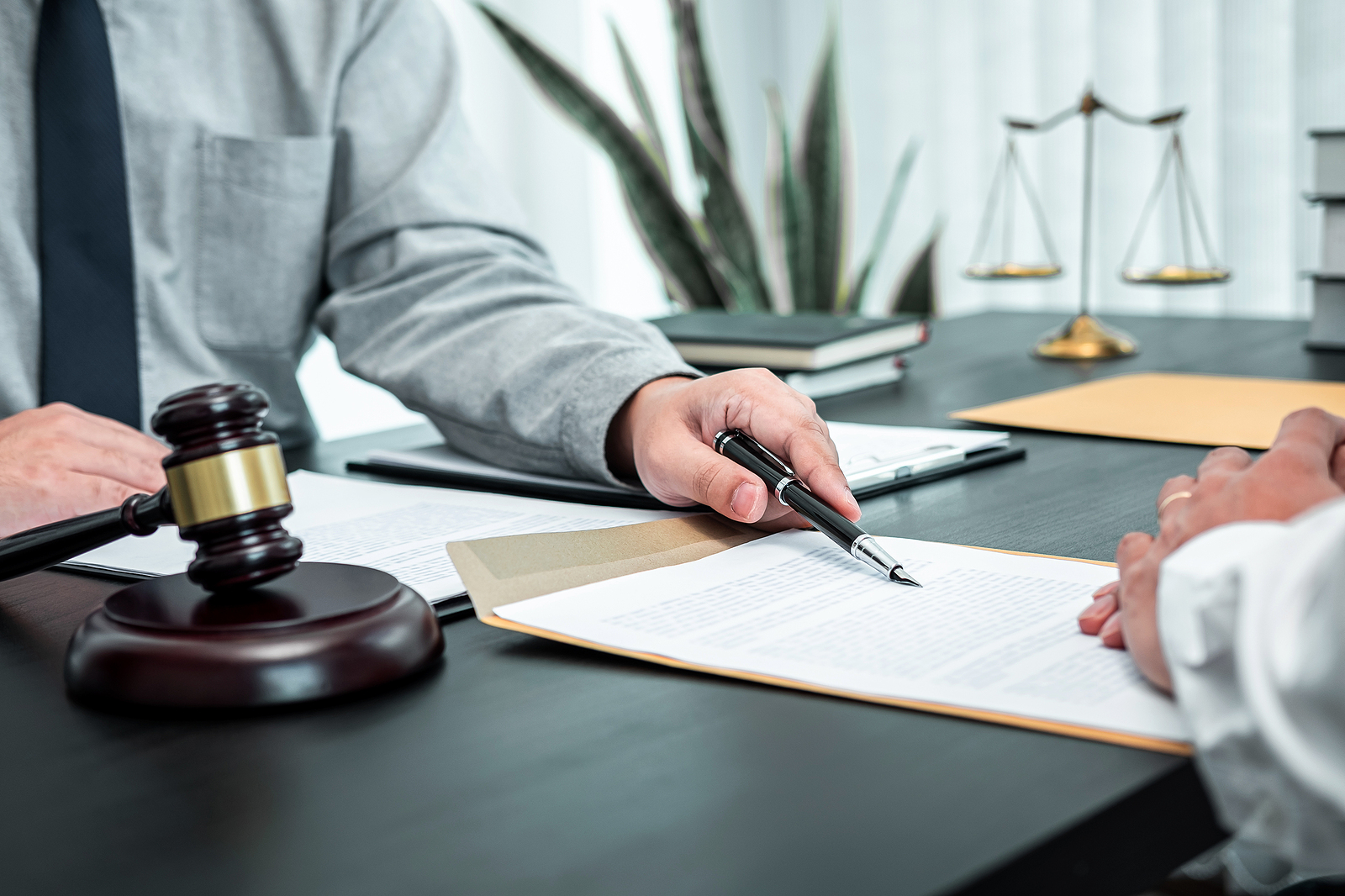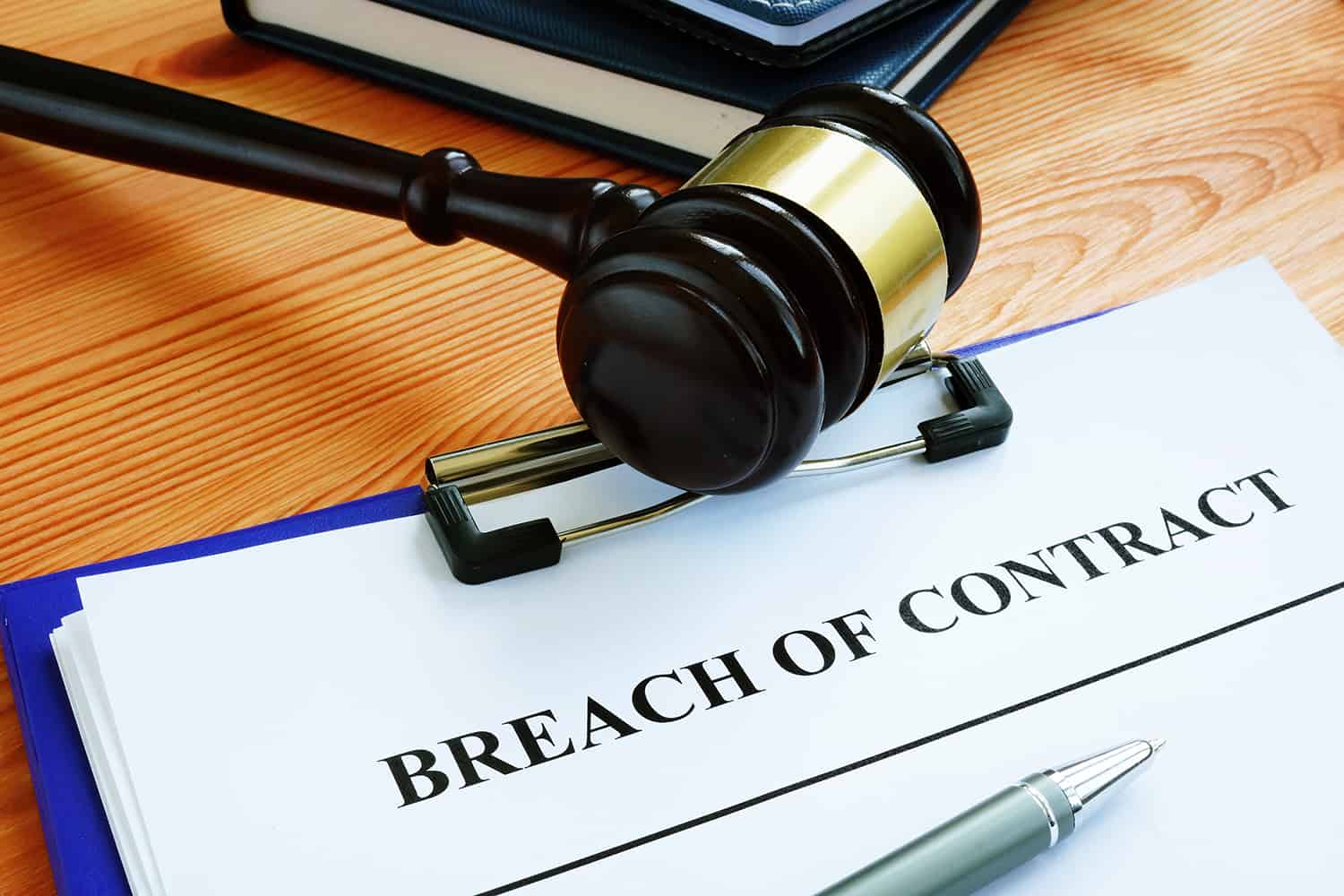The intricate web of rules and regulations that govern wrongdoing encompasses profound consequences for those who transgress societal norms. Through a careful examination of the motivations, actions, and repercussions faced by individuals, we can gain a deeper perspective on the mechanisms that underscore the pursuit of justice. The intersection of human behavior and legal frameworks shapes the outcomes for individuals who find themselves on the wrong side of the law.
Consequences stemming from unlawful acts extend beyond mere punishment; they encompass a range of factors that influence both the offender and the community at large. The societal response to such actions often reflects broader values and principles, highlighting the need for a balanced approach that addresses the root causes of behavior. By evaluating these dimensions, we uncover essential insights into the efficacy of punitive measures and rehabilitative efforts.
Engaging in a dialogue about responsibility and the repercussions of one’s choices fosters a nuanced understanding of the human experience within the justice system. As we delve into the various aspects of transgressions, we recognize that accountability serves as both a deterrent and a means of restoration, aiming to foster a safer environment for all. This article aims to shed light on the complexities surrounding accountability and the factors that contribute to the outcomes faced by those involved.
Defining Criminal Liability
Establishing accountability for unlawful acts is a cornerstone of any justice system. It provides a framework for adjudicating behavior deemed unacceptable, ensuring that those who violate established norms face appropriate consequences. This concept serves to delineate the boundaries of acceptable conduct while promoting adherence to societal rules.
Core Elements of Accountability
Several fundamental components contribute to the overall framework of responsibility for unlawful actions:
- Mens Rea: This term refers to the mental state or intent behind a person’s actions at the time of the offense. It is crucial for determining the level of culpability.
- Actus Reus: This denotes the actual act or behavior that constitutes the offense. Establishing this element is essential for proving that an illegal action occurred.
- Causation: A clear link must be established between the individual’s action and the subsequent consequences, demonstrating that the act led directly to the harm inflicted.
- Harm: The impact of the action on victims or society at large must be assessed to underscore the significance of the offense.
- Legality: The act must be recognized as a violation of established laws, ensuring that the behavior in question was prohibited at the time it occurred.
Consequences of Accountability
The repercussions of being held accountable extend beyond the immediate penalties. These outcomes may include:
- Deterrence: The threat of punishment can discourage individuals from engaging in similar behavior in the future.
- Rehabilitation: Interventions can aid in reforming the behavior of individuals, assisting them in reintegrating into society.
- Retribution: Society’s need for justice can be satisfied through appropriate sanctions, reflecting the severity of the infraction.
- Restitution: Offenders may be required to compensate victims, thereby acknowledging the harm caused and promoting healing.
Types of Offenses and Their Consequences
Different categories of unlawful actions exist, each carrying distinct repercussions for those who engage in such behavior. The classification of these offenses often informs the severity of the penalties imposed, which can vary widely based on the nature of the act and its impact on society.
Offenses can be broadly categorized into several types:
- Felonies: These serious crimes usually result in substantial punishment, including significant prison time. Examples include murder, large-scale drug trafficking, and armed robbery.
- Misdemeanors: Less severe infractions resulting in lighter penalties such as smaller fines or shorter jail terms. Common examples are petty theft and minor assault.
- Infractions: The most minor violations, often punishable by fines or community service rather than incarceration. Traffic violations are a common example.
The consequences associated with these violations can also manifest in various ways:
- Imprisonment: Depending on the severity of the act, involvement in serious offenses could lead to long-term incarceration.
- Fines: Monetary penalties serve as a common consequence, applicable across different types of unlawful actions.
- Community Service: Some offenders may be mandated to perform community service as an alternative to traditional punishment.
- Probation: Instead of serving time in jail, some individuals may be placed on probation, enabling them to remain in the community under supervision.
- Restitution: Offenders may be required to compensate victims for losses incurred due to their actions, underscoring personal responsibility.
Recognizing the varying nature of these infractions and their corresponding consequences is vital in fostering a system that promotes accountability while encouraging rehabilitation.
The Role of Intent in Crime
The concept of purpose plays a pivotal role in differentiating various unlawful acts. It serves as a fundamental component that shapes the nature of the offense and the repercussions faced by the wrongdoer. Analyzing the mindset behind actions provides clearer insights into the severity of misconduct and the motivations driving individuals to engage in such behavior.
Types of Intent
Intent can be broadly categorized, allowing for a nuanced examination of various transgressions. The primary types include:
| Type of Intent | Description |
|---|---|
| General Intent | This refers to the basic intention to commit an unlawful act, regardless of the outcome. |
| Specific Intent | This involves a deliberate aim to achieve a particular result or consequence through the act. |
| Negligence | A failure to be aware of a substantial and unjustifiable risk that results in harm. |
| Recklessness | Conscious disregard of a known risk that leads to potential harm to others. |
Implications of Intent
The differentiation in intent significantly affects the legal outcome for individuals. Those who act with clear purpose or evil motive often face sterner penalties compared to those whose actions result from negligence or recklessness. This distinction emphasizes the need for a comprehensive evaluation of one’s mindset when assessing actions and attributing responsibility.
Legal Defenses Against Criminal Charges
In the realm of the legal system, various tactics can be employed to counter accusations. These strategies aim to protect individuals who find themselves facing serious allegations, ensuring their rights are upheld. Understanding these defenses is essential for anyone involved in a legal proceeding.
Different categories of defenses exist, each serving distinct purposes. Here are some common approaches:
- Insanity Defense: This argument contends that the accused was not in a sound state of mind at the time of the act, rendering them incapable of discernment.
- Self-Defense: This asserts that the individual acted to protect themselves from imminent harm, justifying their actions as necessary for survival.
- Alibi: This defense establishes that the accused was not present at the scene of the incident, providing proof of their location during the crime.
- Consent: In certain cases, it may be claimed that the other party gave permission for the actions taken, negating the illegality of the behavior.
- Entrapment: This argument suggests that law enforcement induced the individual to commit an offense they would not have engaged in otherwise.
These methods can drastically influence the outcome of legal proceedings. Legal representation can assist individuals in navigating these defenses effectively. Each case is unique, making it crucial to tailor the approach according to the specific circumstances at hand.
Impact on Sentencing and Punishment
The manner in which an individual is held accountable for their actions significantly influences the nature of penalties imposed upon them. Various factors contribute to the decision-making process during sentencing, ultimately affecting the outcomes for those who break the law.
Factors Influencing Sentencing Decisions
Several elements play a critical role when determining the consequences that offenders face:
- Severity of the Offense: The seriousness of the crime dictates the range of potential sentences.
- Prior Record: An individual’s history can lead to harsher penalties, especially if they are repeat offenders.
- Mitigating and Aggravating Circumstances: Situational factors may either lessen or intensify the punishment.
- Judicial Discretion: Judges often have the authority to interpret laws and apply sentences based on their judgment.
Consequences of Sentencing Outcomes
Sentencing determinations carry weighty repercussions, affecting not only the individual but also the community:
- Rehabilitation: Focus can be placed on corrective measures rather than purely punitive actions.
- Recidivism Rates: Effective sentencing can influence the likelihood of reoffending, contributing to public safety.
- Deterrence: Appropriate consequences serve to dissuade others from engaging in similar conduct.
- Stigmatization: The nature of punishment can lead to societal perceptions that might impact reintegration into the community.
Long-term Effects on Offenders’ Lives
The repercussions following a conviction extend well beyond the courtroom, influencing various aspects of an individual’s existence. Those who have faced legal consequences often experience lasting changes in personal circumstances, societal perception, and psychological well-being. Examining these outcomes provides insight into how past mistakes can continue to shape the future.

The stigma associated with a criminal record can hinder employment prospects, leading to financial instability and social exclusion. Moreover, individuals may encounter challenges in maintaining relationships and securing housing. These barriers often perpetuate a cycle that is difficult to escape.
| Aspect | Short-term Effects | Long-term Consequences |
|---|---|---|
| Employment | Difficulty finding jobs | Persistent unemployment or underemployment |
| Social Relationships | Loss of trust from friends and family | Isolation and strained connections |
| Mental Health | Increased stress and anxiety | Chronic mental health issues |
| Housing | Limited access to rental opportunities | Long-term instability and homelessness |
Additionally, personal growth can be stunted as individuals grapple with the repercussions of their actions. The road to rehabilitation often requires significant effort and support, yet many face systemic obstacles that impede their progress. Understanding these long-lasting effects is crucial for developing programs aimed at reintegration and support.
Q&A: What is criminal liability
What is criminal liability and how is it determined?
Criminal liability refers to the legal responsibility of an individual for their actions or omissions that can be classified as crimes. It means that a person can be held accountable for violating a law that results in criminal charges. Criminal liability is typically determined through the elements of a crime, which generally include the actus reus (the guilty act), mens rea (the guilty mind), and causation which links the act to the harm caused. Courts evaluate whether a defendant had the intent to commit the crime and if the act was performed voluntarily. Additionally, defenses such as insanity, self-defense, or duress can play a role in assessing liability.
What are the implications of criminal liability for offenders?
The implications of criminal liability for offenders can be significant and far-reaching. Firstly, being found criminally liable can lead to various penalties including imprisonment, fines, community service, or probation. Beyond legal penalties, offenders may face social stigma, loss of employment opportunities, and challenges in forming relationships. In addition to personal repercussions, a conviction can affect familial relationships, as discipline or emotional harm can encumber family dynamics. Furthermore, a criminal record can have long-lasting effects, impacting an individual’s ability to secure loans or housing. Therefore, the consequences of criminal liability may extend well beyond the courtroom.
Can someone be held criminally liable for actions taken under extreme emotional distress?
In some jurisdictions, the law recognizes that extreme emotional distress can affect an individual’s mental state, potentially impacting their criminal liability. Generally, criminal liability requires an individual to have acted with intent or recklessness. If a person commits a crime while in a state of extreme emotional distress—such as during a sudden, intense emotional outburst—they may be able to assert a defense based on their mental state at the time of the event. This defense does not automatically eliminate liability but may mitigate the degree of the crime or lead to reduced sentencing. Legal outcomes depend on the specific circumstances of the case and the applicable laws in the jurisdiction.
What are the potential defenses against criminal liability?
There are several common defenses that individuals may use against criminal liability. Some of these include: 1) Insanity defense: This argues that the defendant was not able to understand the nature of their actions or distinguish right from wrong at the time of the crime due to mental illness. 2) Self-defense: This asserts that the defendant acted in a manner necessary to protect themselves or others from imminent harm. 3) Mistake of fact: This defense claims that the defendant had a misunderstanding about a fact that negates their liability. 4) Duress: When an individual commits a crime under the threat of immediate harm or death, they may claim duress. 5) Entrapment: This involves proving that law enforcement induced an individual to commit a crime they would not have otherwise committed. Each defense varies in applicability and success, and defendants should consult legal counsel to determine the most appropriate course of action.
How does criminal liability differ from civil liability?
Criminal liability and civil liability differ primarily in the nature of the offenses and the consequences faced by the offender. Criminal liability involves actions that violate laws established by the government, leading to prosecution by the state. The penalties for criminal liability may include imprisonment, fines, probation, or community service, aimed at punishing the offender and deterring future crimes. Conversely, civil liability pertains to disputes among individuals or organizations, often involving claims for damages or compensation due to wrongful acts that cause harm, such as negligence or defamation. Civil cases are typically resolved through monetary compensation rather than criminal penalties. Additionally, the burden of proof in criminal cases rests on the prosecution, requiring “beyond a reasonable doubt,” whereas in civil cases, it is usually “preponderance of evidence.” This fundamental difference illustrates the distinct legal frameworks governing criminal and civil liability.
What are the main elements that constitute criminal liability?
Criminal liability generally requires the presence of two primary elements: actus reus and mens rea. Actus reus refers to the physical act or conduct that constitutes a crime. This can include actions, omissions, or even a state of being that is illegal. Mens rea, on the other hand, refers to the mental state or intent behind the action. Different crimes require different levels of mens rea, ranging from negligence to purposeful intent. Additionally, there must be a concurrence between the actus reus and mens rea, along with the possibility of causation – the act must have caused harm or damage. Understanding these elements is crucial for both the legal system and offenders, as they determine the nature and seriousness of the charges against an individual.
What is strict liability in criminal law, and how does it differ from other types of criminal liability?
Strict liability in criminal law refers to offenses where the prosecution does not need to prove criminal intent (mens rea) to hold a person responsible for the crime. Unlike most types of criminal liability, which require proof of intent or negligence, strict liability offenses only require proof that the person committed the criminal act, regardless of intent. These offenses are common in cases involving regulatory or public safety violations.
Can a person be held responsible for a crime they did not intend to commit?
Yes, under certain criminal liability laws, a person can be held responsible for a crime even if they did not intend to commit it. This is particularly true in strict liability crimes, where the focus is on whether the criminal act was committed, not the person’s intent. For example, traffic violations or selling alcohol to minors may result in criminal responsibility without requiring proof of intent.
What are the two elements of criminal liability, and how must they be proven?
The two primary elements of criminal liability are the criminal act (actus reus) and criminal intent (mens rea). To impose criminal liability, the prosecution must prove beyond a reasonable doubt that the accused committed the criminal act and had the required intent or state of mind at the time. In strict liability offenses, only the act needs to be proven, while intent is not required.
How does criminal liability differ from civil liability?
Criminal liability involves legal responsibility for committing a criminal offense and may result in penalties such as imprisonment or fines. Civil liability, on the other hand, typically involves monetary damages or enforcement of certain rights and does not result in criminal penalties. While criminal cases require proof beyond a reasonable doubt, civil cases only require proof based on the preponderance of evidence.
What is vicarious liability, and when can someone be held responsible for the actions of another?
Vicarious liability in criminal law refers to situations where one person is held responsible for the criminal actions of another, even if they were not directly involved in committing the act. This type of liability often arises in employer-employee relationships or in situations where one party had a legal duty to prevent the crime. For example, an employer may be held liable if their employee commits a crime within the scope of their employment.


